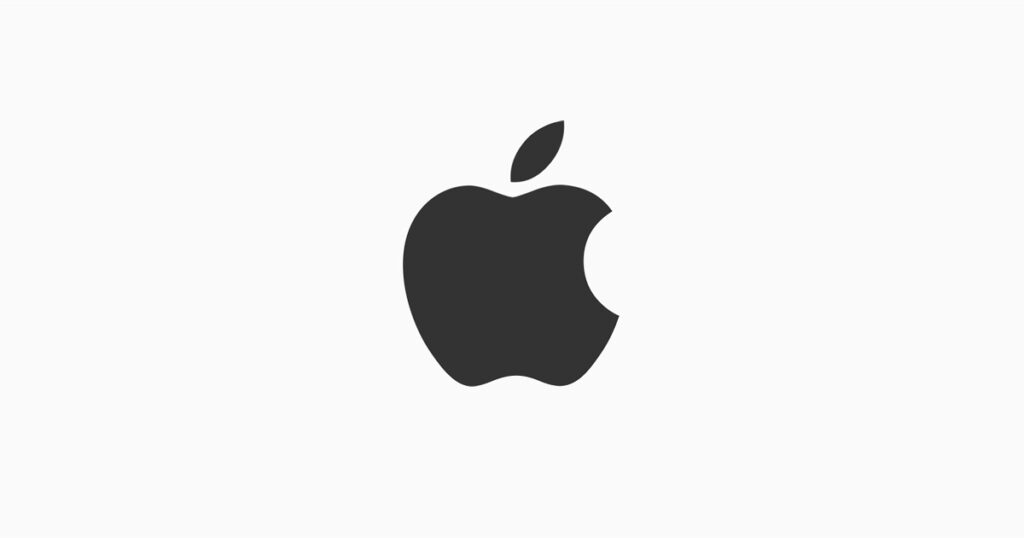When Nokia is started-
While Nokia may remind most of us only of mobile phones, the company opened as a paper mill, which is inaugurated in 1865 by mining engineer Fredrick Idesram at the Tammerkoshi rapid in southwestern Finland.
When Nokia phones were launched, the market spread very quickly in no time. Nokia’s discussion was started everywhere. Nokia’s phones are being liked by people, but Nokia’s Nokia phones became very heavy. In 1979
The car phoned- dubbed mobbed mobira senator, which weighed was 10kg.
In 1985 Nokia acquired Solora changed the name into mobira oy which weighed was 5kg.
In 1987, the company introduced a new phone called mobira cityman 900, weighed was 800gm.
In 1990, Nokia was top of the world and ruled the world. The company’s data, power, television, tires, cables, we’re sold everywhere.
Finally, in 1991 Nokia launched the world’s first GSM mobiles called Nokia 1011.
What Happened to Nokia?
Way back before phones had apps, touchscreens, or cameras, one Finnish brand led the mobile phone rebellion – Nokia.
Well-known for its invincible form and multiday battery, Nokia swiftly captured market investment by expanding mobile phones as style accessories. Just like with watch straps, users could switch cover colors, twisting a cellphone into a style opinion.
In 1998, Nokia overtook Motorola to become the world’s biggest mobile phone brand.
At its height in 2007, Nokia had 51% of the global market share in mobile phones. To set that into context, Apple now has around 25% of the global market interest.
From the highs of global authority to the lows of nearing defaulting, Nokia’s phone company ended in a sale to Microsoft for $7.2 billion in 2013.
Once former, Nokia CEO Stephen Elop – said “We didn’t do anything wrong, but somehow, we lost”
The brand’s failure arises from various aspects — both controllable and uncontrollable. Either means, they precisely mixed up something.
Here are four key missteps that lead to the company’s decline:
1. Only Focusing on Hardware
Creating a physical gadget such as a mobile phone is surely an accomplishment. Nonetheless, without sufficient software in it, it wasn’t going to hold.
By the period they understood it, Android and Apple already had the first-mover purpose into the app-based software (iOS and Android) that is instantly contagious in the phone industry.
Nokia’s regulating system was phoned Symbian. While iOS and Android were app-based, Symbian was device-based. They have led the way in the false guidance. By 2009, Nokia had utilized 57 several and unsuitable editions of its operating strategy — an exact nightmare for the company.
It must be for an intention there’s a vast buzz about software designers, yet you barely hear about hardware engineers.
2. Reluctance to Change Operating Systems:
As Google arrived in the market in 2008, many opponents jumped ship to the Android employing policy. Among them were soon-to-be bestsellers Huawei, Motorola, and Samsung. While opponents admired an increasing interest in the market, Nokia was reluctant to swap operating systems.
In 2011, Nokia eventually jumped. Except they didn’t modify for Android. They partnered with Microsoft to execute Windows Phone as Nokia’s main generating system.
This trick was confirmed to be destructive for the organization, with Nokia effectively withdrawing its market-leading situation in 2013. To put this misstep into context, Android now monopoly’s the iOS market with over 80% of the smartphone operating procedures, while Windows Phone is now withdrawn.
Eventually, in 2014, Nokia arrived at its meanings and put together the swap to Android, but it was all too departed.
3. Dysfunctional Organization
While Nokia performed trying a common hierarchical association through to the earlier 2000s, company directors decided to reorganize into a matrix hierarchy in 2004, with the possibilities of the increasing invention.
With the reorganization, disagreements started to originate. Among the drawbacks of including a matrix structure is that various managers have similar superiority, which necessarily directs to influence efforts. Necessarily, this again oversaw the variation of key units of the director team.
While Nokia was occupying with the inner dispute, Apple — its hugest threat — was survived by a laser-sharp Steve Jobs, and was swiftly increasing market investment through accurate technique, branding, and performance.
4. Missing the Smartphone Wave
The early iPhone back in 2007. Remember, the 4–16GB storage options; how times have remade. Picture by iPhone life
In the mid-2000s, when smartphones started to arise, Nokia stood comfortably on the cellphone throne. They were stabilized, popular, and productive.
Dazzled by their achievement, they missed out on the first-mover benefit for smartphones. Provided their resources, Nokia could have increased a significant lead over opponents in this area. Rather, they concentrated on manufacturing reliable, inexpensive, and formal cellphones; the same opposite of what maximum consumers were peeking for.
Catapulted by the elegant iPhone, smartphones swiftly took possession of, kicking Nokia out of the mobile phone platform.
Top Takeaways
It essentially seems guaranteed for large, worthwhile companies to get tangled up in innermost politics. Nokia was no exception.
Clients expect invention. Without it, they’re span to swap to opponents.
Adopt new ideas. Industriously monitor customer needs, as they will approve of your prosperity as a company going ahead. Sounds cliche, but the customer is always right.



